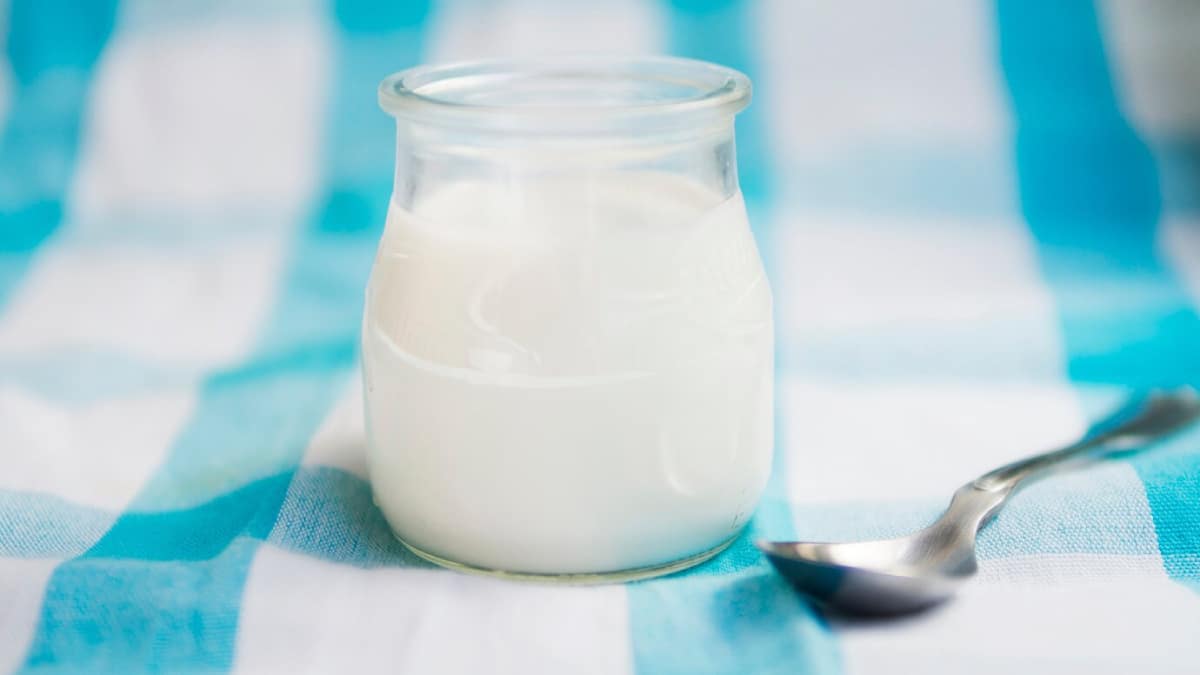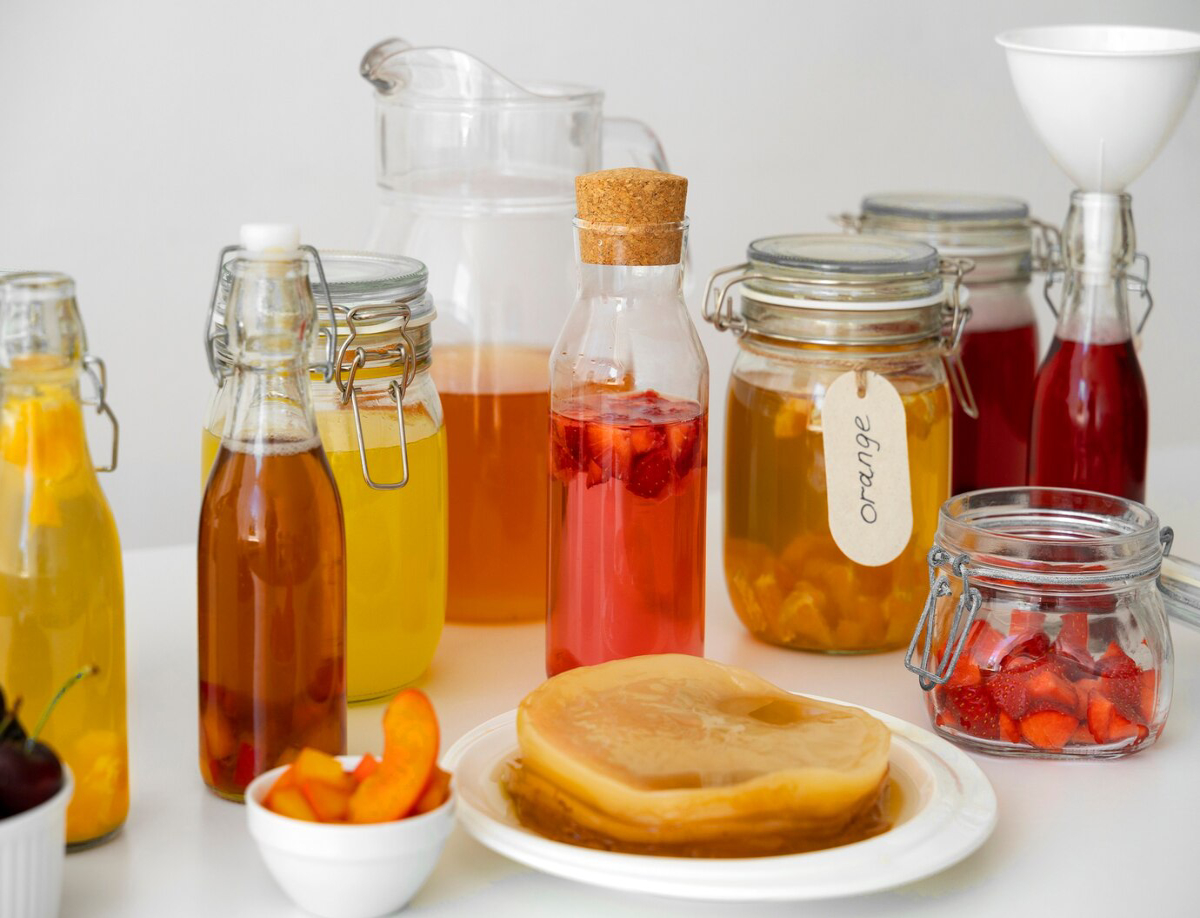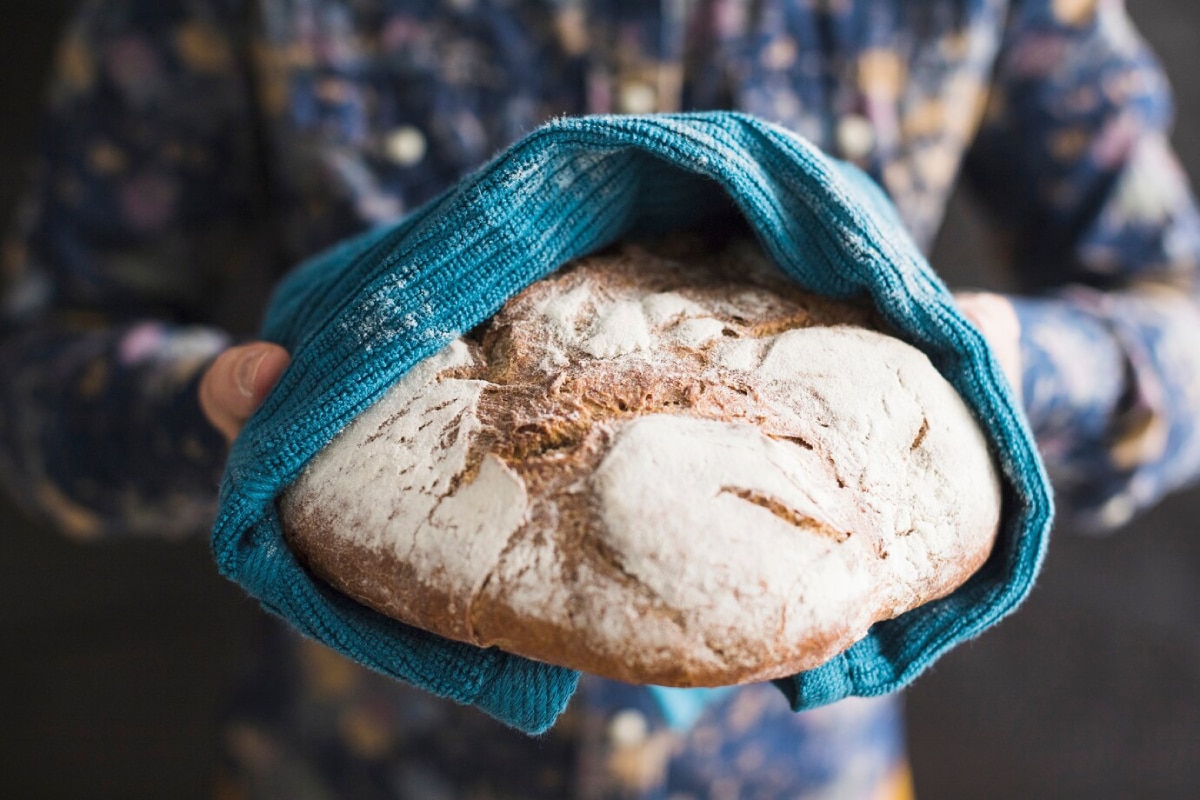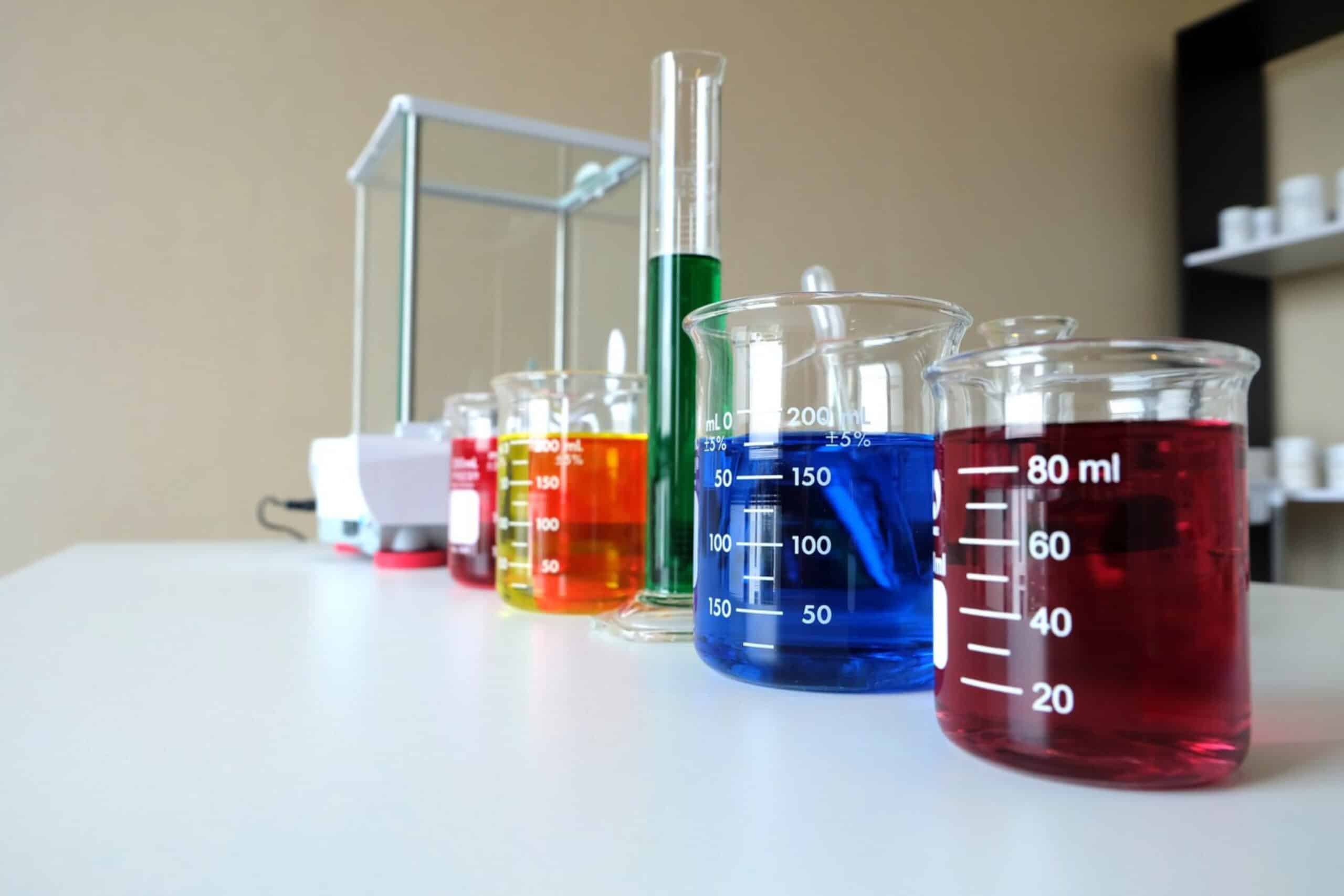
Mastering Fermentation pH and Temperature for Safe, Consistent Results
Fermentation might feel like magic, but behind the fizz, tang, and bubbles is a carefully balanced ecosystem. Whether you’re fermenting kraut, kefir, kombucha, or kimchi, two factors rule the microbial world: pH and temperature. These elements don’t just affect flavour or texture—they determine safety, probiotic potency, and the very success of your ferment.
Welcome to your comprehensive guide on managing pH in fermentation and understanding the role of fermentation temperature. You’ll discover how these two factors influence microbial activity, how to test and adjust them, and why getting them right can transform your home ferments from good to outstanding.
This is the post to bookmark if you’re ready to go from kitchen dabbler to confident fermenter. Ready to stabilise your microbes and make every jar thrive? Let’s dig in.
Why pH and Temperature Matter in Fermentation
1. Microbial Control
Fermentation depends on beneficial microbes like lactic acid bacteria and wild yeasts. These thrive in specific ranges of:
- pH: usually 3.5–4.6 for most safe vegetable ferments
- Temperature: typically 18–22°C for vegetables, 24–28°C for kombucha and kefir
Correct ranges suppress spoilage organisms and encourage a healthy ferment.
2. Safety First
Low pH creates an acidic environment where harmful bacteria (like botulism-causing Clostridium) cannot survive. Temperature affects speed and quality of acid production.
The sweet spot = safe, tasty, probiotic-rich food.
“Once I started tracking pH and temperature, I stopped losing batches and started understanding why my ferment worked.”
What Is pH in Fermentation?
Understanding the Scale
- pH 0 = highly acidic
- pH 7 = neutral (water)
- pH 14 = highly alkaline
Fermentation lowers pH as bacteria convert sugars into acids.
Ideal pH by Ferment Type:
| Ferment Type | Safe Final pH Range |
| Sauerkraut | 3.5–4.0 |
| Kimchi | 4.0–4.3 |
| Pickles | 3.6–4.5 |
| Kombucha | 2.5–3.5 |
| Yoghurt/Kefir | 4.2–4.6 |
How to Test pH
- pH strips (budget-friendly, decent accuracy)
- Digital pH meter (high accuracy, reusable)
Tip: Always test the liquid, not solids. pH should drop below 4.6 within the first 3–4 days.

What Is the Ideal Temperature for Fermentation?
Temperature Ranges by Ferment:
| Ferment Type | Ideal Temp (°C) | Notes |
| Veggies (e.g. kraut, kimchi) | 18–22 | Cooler slows mould/mushy veg |
| Kombucha | 24–28 | Too cool = sluggish SCOBY |
| Water kefir | 21–25 | Warm enough to stay active |
| Yoghurt/Kefir (dairy) | 37–44 | Incubation temp (yoghurt) |
| Sourdough | 21–27 | Faster rise at warm temps |
Rule of Thumb: Cooler temps = slower ferment = more complex flavour
What Happens When pH and Temperature Go Wrong?
Too High pH
- Ferment smells bland or unpleasant
- No tangy taste
- Unsafe (pH above 4.6 can allow pathogens)
Too Low pH (Too Fast)
- Ferment tastes overly sour
- Beneficial microbes can die off early
Too Warm
- Mould risk increases
- Faster fermentation can create off-flavours
Too Cold
- Fermentation stalls
- Kahm yeast may develop due to inactivity
Real-World Fermenting: Adjusting for the Environment
Seasonal Tips
Summer:
- Use cooler areas of the home (e.g. pantry)
- Shorten fermentation time
Winter:
- Wrap jars in towels or use a seed mat
- Extend fermentation period by 2–4 days
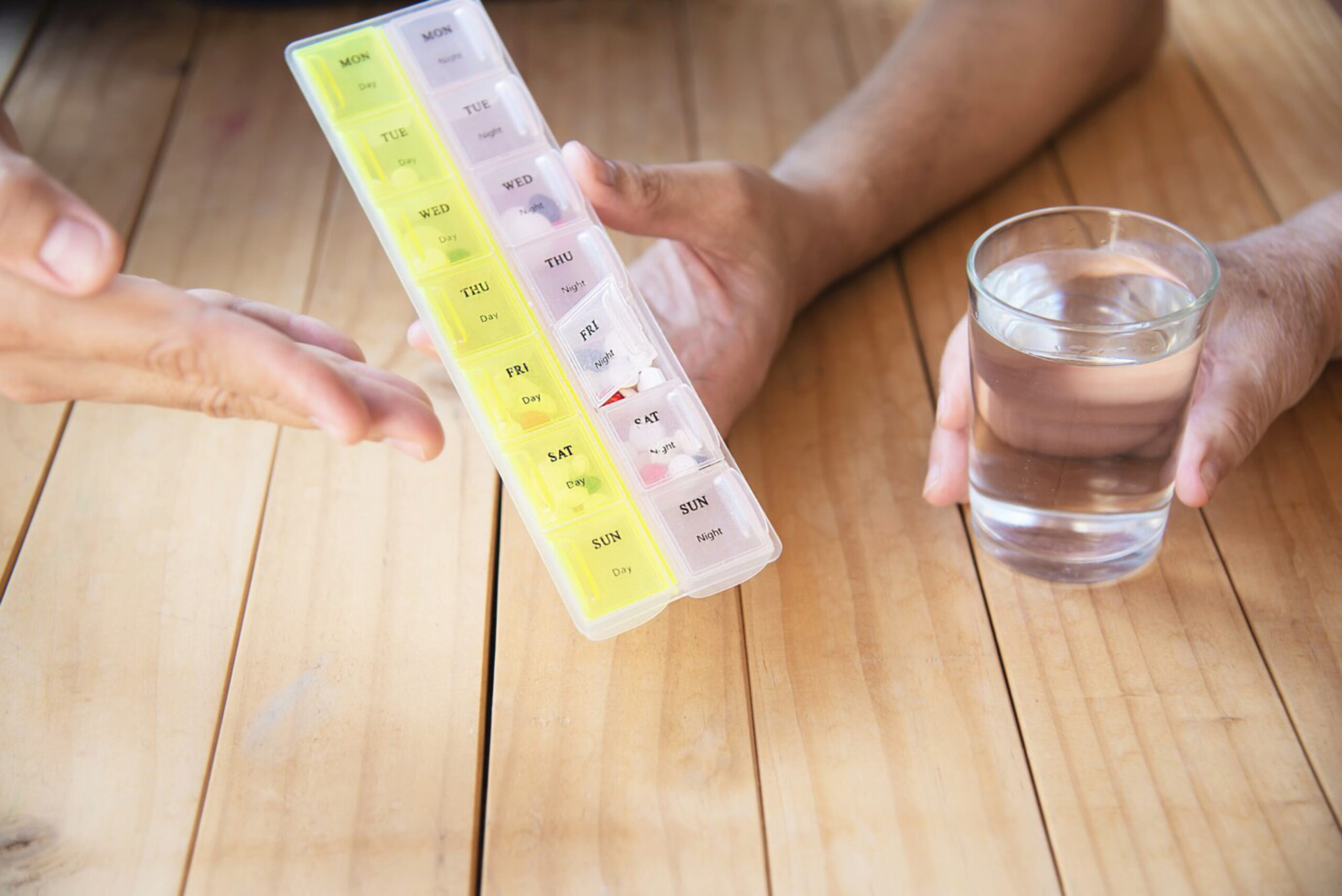
Adjusting pH Naturally
- Add starter brine (from a previous ferment)
- Use lemon juice (for quick acidification)
- Salt smarter: more salt = slower ferment = more stable pH drop
Tracking and Controlling pH and Temperature
Tools You Might Need
- Digital thermometer (ambient and probe)
- Digital pH meter or test strips
- Fermentation log or journal
What to Record:
- Start pH
- Final pH
- Ambient temperature
- Number of days fermenting
- Outcome (taste, texture, aroma)
Need supplies? Visit must-have tools for home fermentation
FAQs on Fermentation pH & Temperature
What if my pH doesn’t drop?
Check salt ratio, temperature, and fermentation duration. Your starter may be inactive or the environment too cold.
Can I restart a stalled ferment?
Sometimes. Try adding starter brine and moving to a warmer location. But if it smells off or has mould, toss it.
Does a ferment get more acidic over time?
Yes—lactic acid builds up as microbes consume sugars. Some ferments stabilise after 1–2 weeks.
Personal Anecdote: Temperature Taught Me Patience
“My first summer sauerkraut was mushy and sour in 3 days. I didn’t realise how warm my kitchen was. Now I ferment in the cupboard near the floor and use a thermometer. It changed everything.” – Sam, fermenting for 3 years
Visual Guide: pH and Temperature at a Glance
| Indicator | Ideal pH | Ideal Temp (°C) | Problem If… |
| Sauerkraut | 3.5–4.0 | 18–22 | pH stays high after 5 days |
| Kombucha | 2.5–3.5 | 24–28 | SCOBY grows mould |
| Kimchi | 4.0–4.3 | 18–22 | Slimy or overly pungent |
| Yoghurt | 4.2–4.6 | 37–44 | No tang or watery texture |
| Sourdough | 3.8–4.2 | 21–27 | Doesn’t rise or smells cheesy |
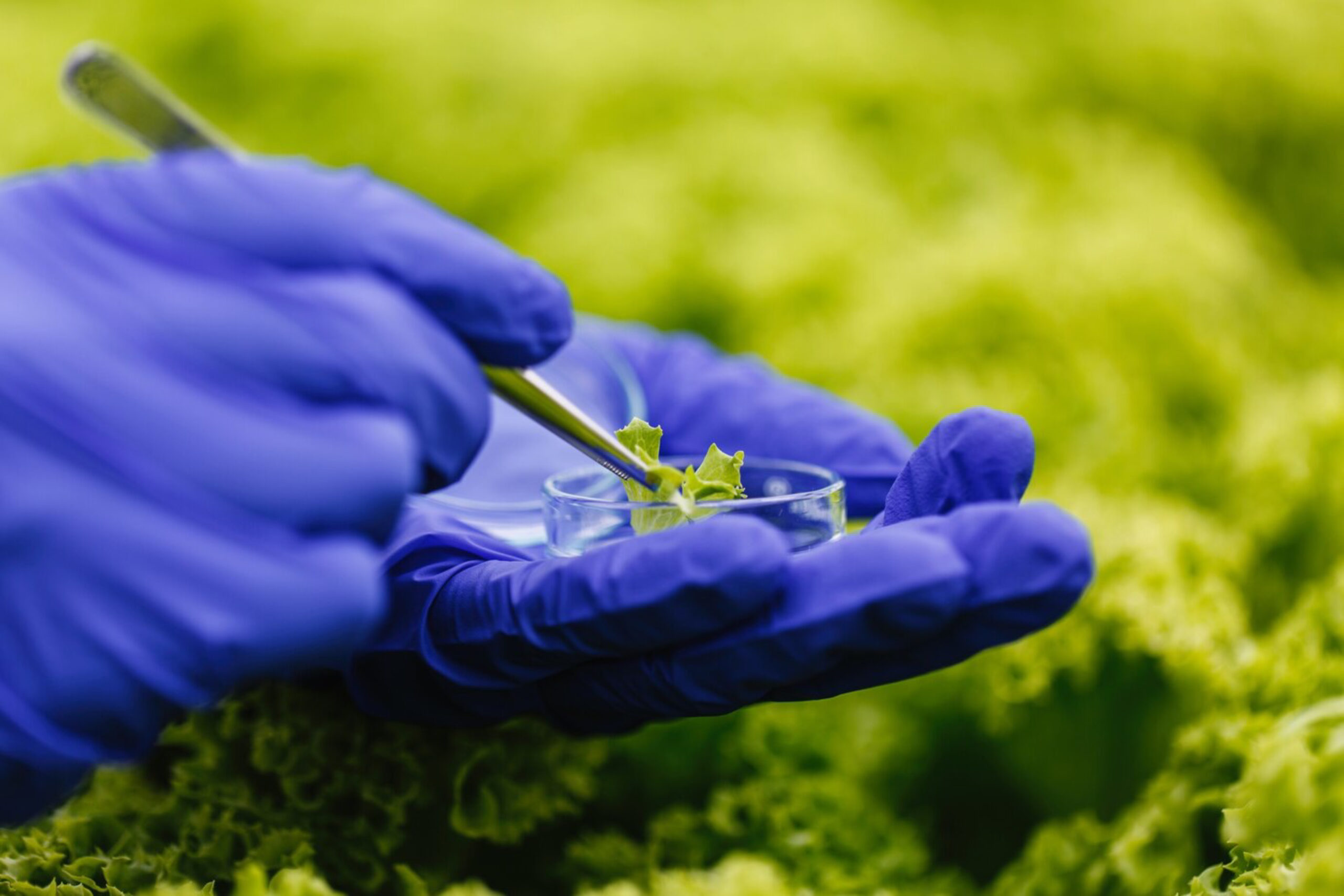
Mastering the Microbial Environment
The key to reliable, tasty, and safe ferments lies in understanding the relationship between pH and temperature. These twin pillars of fermentation science help you guide your recipes from unpredictable to dependable, and from decent to absolutely delicious.
By measuring pH, managing ambient temperature, and tracking the impact of both, you gain confidence, precision, and a deeper connection to your creations. You don’t have to be a scientist—just a curious, observant fermenter ready to learn and adapt.
Ready to level up your fermentation game? Start tracking your pH and temperature, share your results, and subscribe for more detailed probiotic stability guides and hands-on tips.
